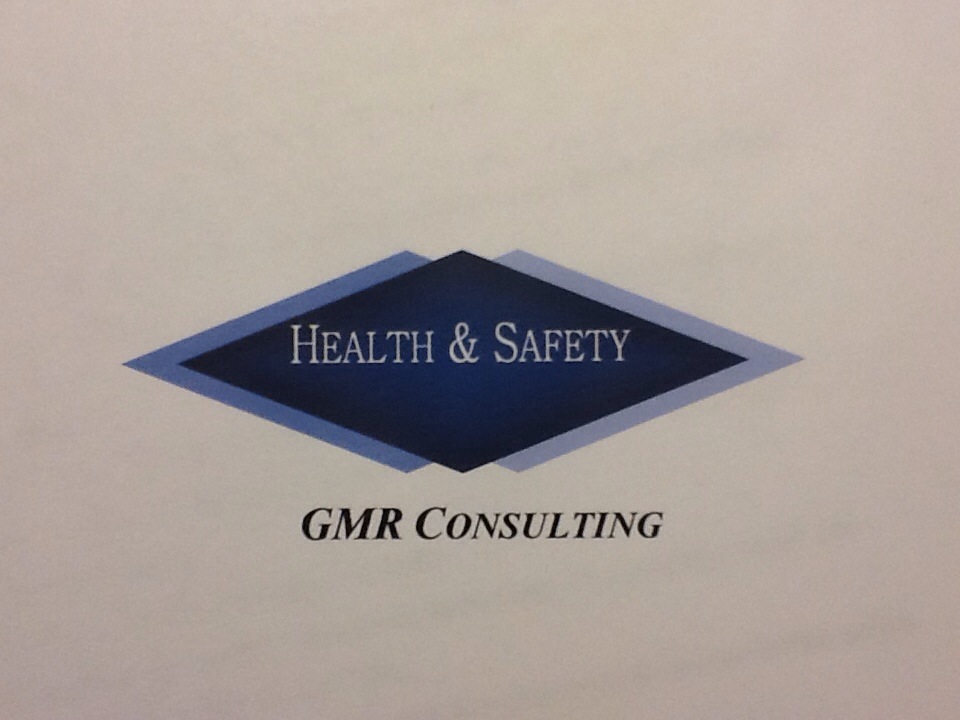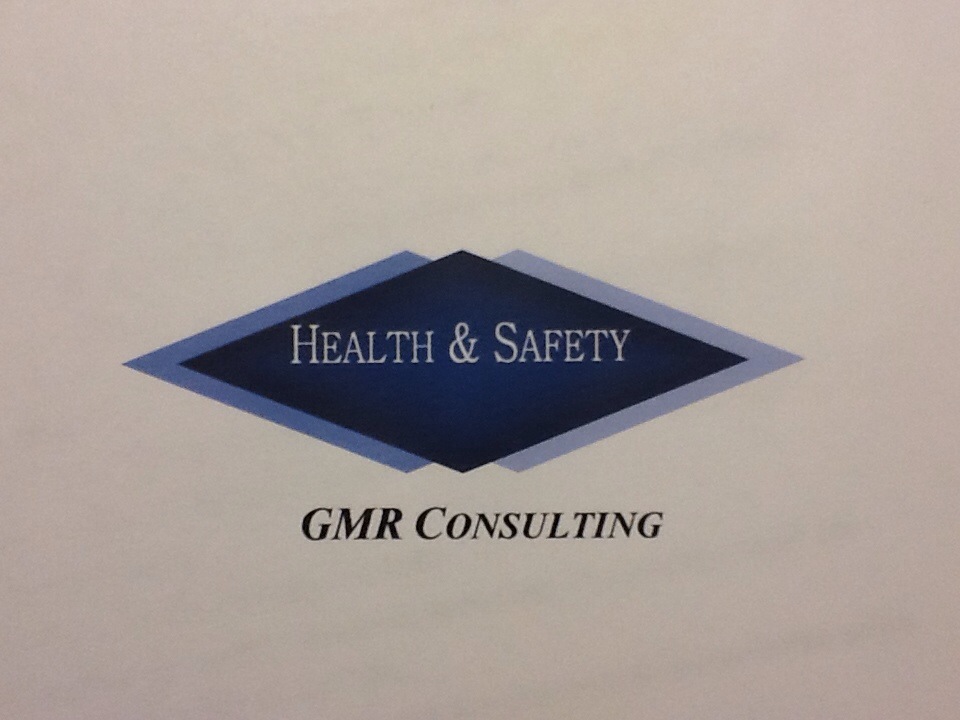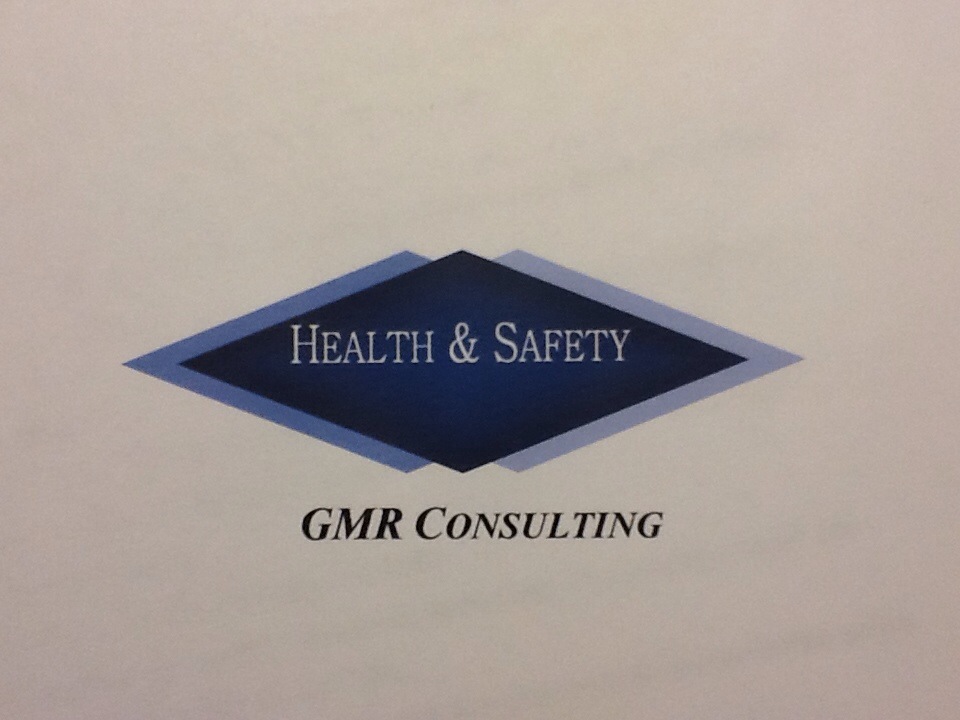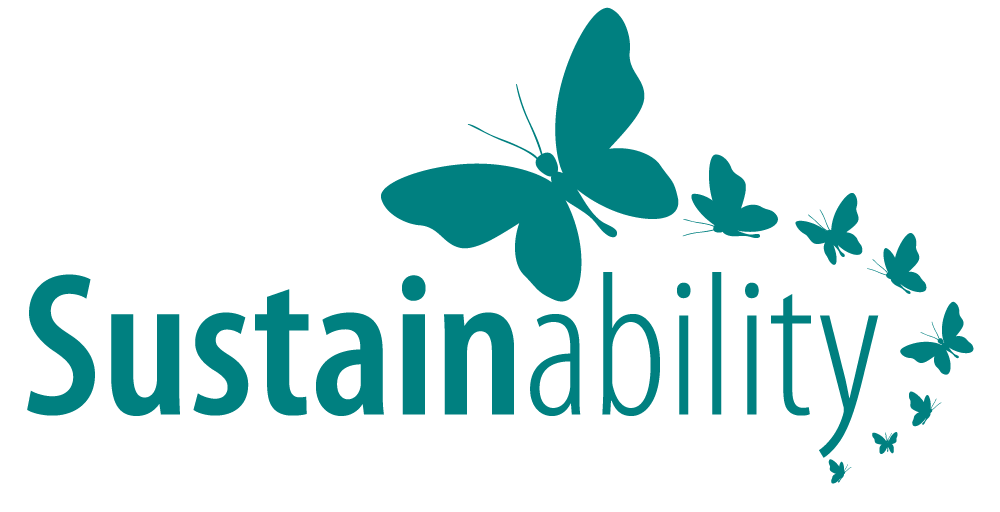Title Page
-
Site conducted
-
Conducted on
-
Prepared by
-
Location
Audit Checklist
-
Audit Introduction
-
At this stage, the auditor(s) must introduce themselves and briefly outline the requirements of the audit and what will be expected of the company/personnel being audited and the expected duration of the audit, if possible
-
The objective of the audit is to protect people and the environment from managed waste. It does this through creating an "audit trail" of responsibility for the waste. To comply with this audit to a satisfactory level the following section should be completed during the audit without any Non-Conformities listed. Should any Non-Conformities be noted then the audit cannot be closed until rectified and there is a possibility that work might be suspended until a satisfactory level of compliance in the relevant area is reached. In some cases, the auditor may wish to return to the site to ensure compliance status has been achieved
-
Auditor
-
Date
Company Details
-
Name & Address of company audited:
-
Contact:
-
Site & Activity:
-
Personnel involved in the audit:
-
Site Manager Name
-
Total number of employees:
-
Operational Hours
Wastes Processed on NCAs behalf
-
Waste
-
EWC Code
-
Material Produced
-
Address for Processing
Environmental Protection
-
Waste Carrier Name
-
Carriers Licence
-
Verification Check:
Site EPR Permit Number
-
EA Permit No.
-
Verification Check:
-
Where is the nearest watercourse?
-
Is the site designed to avoid the contamination of local watercourses in the event of a spillage?
-
Does the site have a Trade Effluent Agreement/Discharge Consent in place?
-
Are hazardous wastes stored in bunded areas?
-
What monitoring of the site is done by the company?
-
How often does the Environment agency visit the site?
-
Are records kept of these official visits?
-
What records are kept of compliance with consent conditions?
Health and Safety Considerations
-
Is the site/company CHAS registered? (list the ref number and dates of accreditation)
-
Does the site operate under an adequate H&S policy? (obtain a copy of the policy and review)
-
Is there a site safety plan?
-
Have staff members attended relevant H&S training?
-
Is all machinery under a service matrix and regularly checked?
-
Review PPE considerations (review risk assessments which detail PPE, signage forms etc.)
-
Is there a spillage response plan in place?
-
How are incidents reported?
-
Detail any RIDDOR incidents in the last 3 years. (incident detail, dates, and more importantly the way the incident was managed and any improvements as a result)
-
Detail and HSE prosecutions, improvement notices or probations within the last three years
-
Review some of the latest risk assessments, COSHH assessments, etc. (gather evidence)
-
Is there a program for reviewing the above section documents?
-
Does the company operate a Safety Committee?
-
How many first aiders are available on site?
-
Is there regular health surveillance?
-
What personal monitoring is conducted?
-
How are instructions conveyed to staff?
-
How are safety protection systems/instructions etc. monitored?
Site-Specific Details/Questions
-
What types of sites are they? (I.e. transfer stations, scrap yards, treatment plants etc.)
-
How many disposal sites do they operate?
-
Do they provide a transport service?
-
If so, how many and what types of vehicles?
-
What are the general age, conditions and services history of the vehicles?
-
Is there evidence of regular maintenance?
-
If tankers are involved in the process, what type of materials are they allowed to carry?
-
Have all relevant drivers of specialist waste attended an approved training course?
-
What insurance cover is carried by the company against environmental damage? (obtain a copy of the policy cover document)
-
Has the company attained any quality assurance recognition? (i.e. ISO9001, ISO14001, ISO45001, other)
-
Is the company a member of a trade association? (I.e. Chartered Institute of Waste Management, IOSH etc.)
-
Does the company stationary quote the company number and registered county? (obtain a copy)
-
Has the company got any issues with NCA carrying out a financial audit? (if so provide specific details of response)
-
Has the company ever been prosecuted or investigated under caution/pace for an environmental offence? (If so, make note of as much detail as possible including date, the reason behind investigation(s), fines etc.)
-
Is there a permanent board on display at the site showing details? (Details may include EA details, who manages the site, phone and fax numbers, hours of operation(s) etc.)
-
Does the site licence cover the wastes being handled on behalf of NCA?
-
Who are the site owners and operators, if different?
-
What is the level of supervision across the site?
-
What is the size of the site?
-
How long has the site been in operation?
-
How many years of “operation” are left in the site?
-
What site facilities are available? (I.e. weighbridge, toilets, washrooms, shower rooms, canteen, etc.) (Weighbridge calibration certificates required where available)
-
How close is the site to residential property? (Any recent contact or issues and if so how are they dealt with?)
-
What contact does the company have with its neighbours, residential or commercial?
-
What is the log-in procedure for waste arriving at site? (Is there any document procedures?)
-
What inspection, sampling or other testing is carried out when vehicles arrive on site? (What records of these tests are kept and for how long?)
-
What laboratory facilities are available on site? (Are they adequate for the types and volumes of waste arriving on site?)
-
What is the type of training provided to site operatives? (choose a site operative at random and follow their duties and appropriate training)
-
Are adequate site instructions provided to staff? (I.e. emergency response plans, procedures for fire, spills leaks, personal injury etc.)
-
Review the above instructions i.e. emergency response plans etc (obtain a copy for evidence)
-
What security is provided for the site? (I.e. numbers of security staff, cameras, are the gates lockable etc.)
-
What is the procedure for handling visitors to the site? (Were the procedures followed when you arrived at the site?)
-
Can the company provide “certificates of disposal” for high-value hazardous wastes? (obtain a copy, where possible)
-
How are drums, IBCs and containers disposed of?
-
Can the waste be tracked through the site in an auditable manner?
-
Does the company audit itself?
-
Are records kept documenting the wastes handled on-site?
-
Who are the sites major customers? (Obtain names, contact information etc. Could NCA contact these companies/people for a reference on the site?)
-
Is there any evidence of oil spills across the site?
-
Is recyclable waste segregated adequately? (ensure the waste is not contaminated with other waste streams)
-
Are there any sorting operations of waste streams carried out?
-
What handling precautions are there for CFC`s from refrigerators, acids, batteries, PCB`s, transformers and waste oils?
-
Are wastes sent to correct holding sites?
-
How long is waste stored on-site?
-
What disposal methods are used and what sites do the residual waste materials get sent to?
Hazardous Waste Site Details
-
What is the current Hazardous waste code?
-
Has the site ever been allocated another code?
-
Is the Statutory Industry Code (SIC code) available that accompanies the hazardous code?
Site Considerations for Incinerators
-
What sample and testing procedures are used to control the incinerators ash?
-
How and where is the ash disposed of? (Have the audited, audited this disposal site?)
-
Are records kept of the temperature and combustion conditions?
-
How is the exhaust gas cleaned and what monitoring is performed?
-
Do records show emissions standards are complied with?
Site Considerations for Solvent Recovery Plants
-
What happens to the residues or any materials that are unsuitable for processing?
-
What are the detailed safety procedures for dealing with flammable solvents?
-
How are the drums opened?
-
How are empty and full drums stored? (Is there correct areas for both?)
-
What precautions are taken to ensure the minimal escape of vapours to the environment i.e. when opening drums?
-
What is the air quality in and around the site? (Are there any strong odours?)
Considerations for Landfill Sites
-
Is the site a landfill site?
-
Is the site filling a hole or making a hill?
-
What is the geology of the site? (consider the physical history of the site, the earth, the rocks of which it is composed and the physical, chemical, and biological changes that the earth has or is undergoing)
-
What is the standard of any restoration completed on the site?
-
How does this comply with the restoration plan?
-
What gas control measures are present and used?
-
Is the gas vented to atmosphere, flared, or used to generate power for local communities or other?
-
What gas monitoring is performed and how often?
-
How is leachate controlled?
-
Is the leachate level regularly monitored?
-
Is the leachate collected or treated?
-
Is the leachate discharged or tinkered off-site?
-
If the leachate is taken off-site, who takes it and where does it go?
-
Is the tipping face maintained at a controllable size?
-
Is adequate covering material available?
-
Is the surface of the waste covered at the end of the day?
-
Is there evidence of birds or vermin?
-
What is the state of the entrance roads to the site?
-
How is windblown litter minimised?
Considerations for WEEE handling Sites
-
Is the site part of a Distributor Take Back Scheme (DTBS)?
-
Is the facility registered as a Designated Collection Facility (DCF)?
-
Does the site have a WEEE registration number?
-
Is the site/company an Authorised Treatment Facility (ATF) or Approved ATF (AATF)?
-
Is the site/company an approved exporter of WEEE or residual materials from WEEE?
-
Does all material or WEEE exported, processed or accepted by an authorised and permitted operator?
-
Can evidence of the authorised receiver of exported WEEE (or residual materials) be provided concerning above?
-
Does the site compile with all Transfrontier Shipment of Waste Regs (Sch8)?
-
Does the site assess for items that can be re-used and what is the route for these items?
-
Is the site/company a member of any Registered Approved Data Destruction body?
-
Is all confidential material received (e.g. hard drives etc.)
-
On breakdown what is the ultimate fate of the residual materials (i.e. heavy metals, precious metals etc.)
Site Operations – Observations of Site Walk Around
-
Employee Engagement
-
General Site Appearance/Housekeeping:
-
Additional Comments added by the auditor
Document Check List
-
Site Environmental licence or Permit
-
Carriers/Brokers Licence
-
Consent to discharge/ Trade Effluent Consent
-
Hazardous Waste Registration Code
-
ISO Certificates - ISO 9001, 14001, 45001, 500001
-
Policy Statements (Env, CR Policies Etc.)
-
Company Headed Paper
-
Site Map & National Grid Ref No
-
Site Instructions
-
Emergency Procedures
-
Safety Plan and Procedures
-
COTC / PCOTC Certificate(W.A.M.I.T.A.B)
-
Weighbridge Calibration Certificate
-
EL and PL Insurance Certificate(s)
-
Examples Of: Risk Assessment(s)
-
Examples Of: COSHH Assessment(s)
-
Examples Of: Audit(s)/Incident investigations Etc
Document Control
-
Issue / Revision:
-
Comments
-
Date:
-
Prepared By:
-
Signature:
-
Authorised By:
-
Signature:
Audit Outcome
-
Audit Conclusion
-
Following the Audit will NCA be doing business with the organisation?













